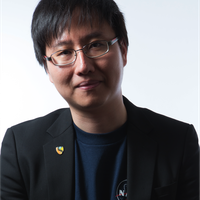Biotechnology & medicine
Siyuan Wang
Helping us understand the spatial organization of DNA in the cell nucleus

China
Qiaomei Fu
Unveiling the genetic history of modern humans

Asia Pacific
Chun-Hao Huang
Merging functional genomics and artificial intelligence for disease detection and treatment.

Europe
James Roberts
His incubator, which is inflatable, portable, and powered by a battery, could save the lives of millions of premature babies

Global
Adam Marblestone
He wrote the book on how to record every neuron in the brain.
